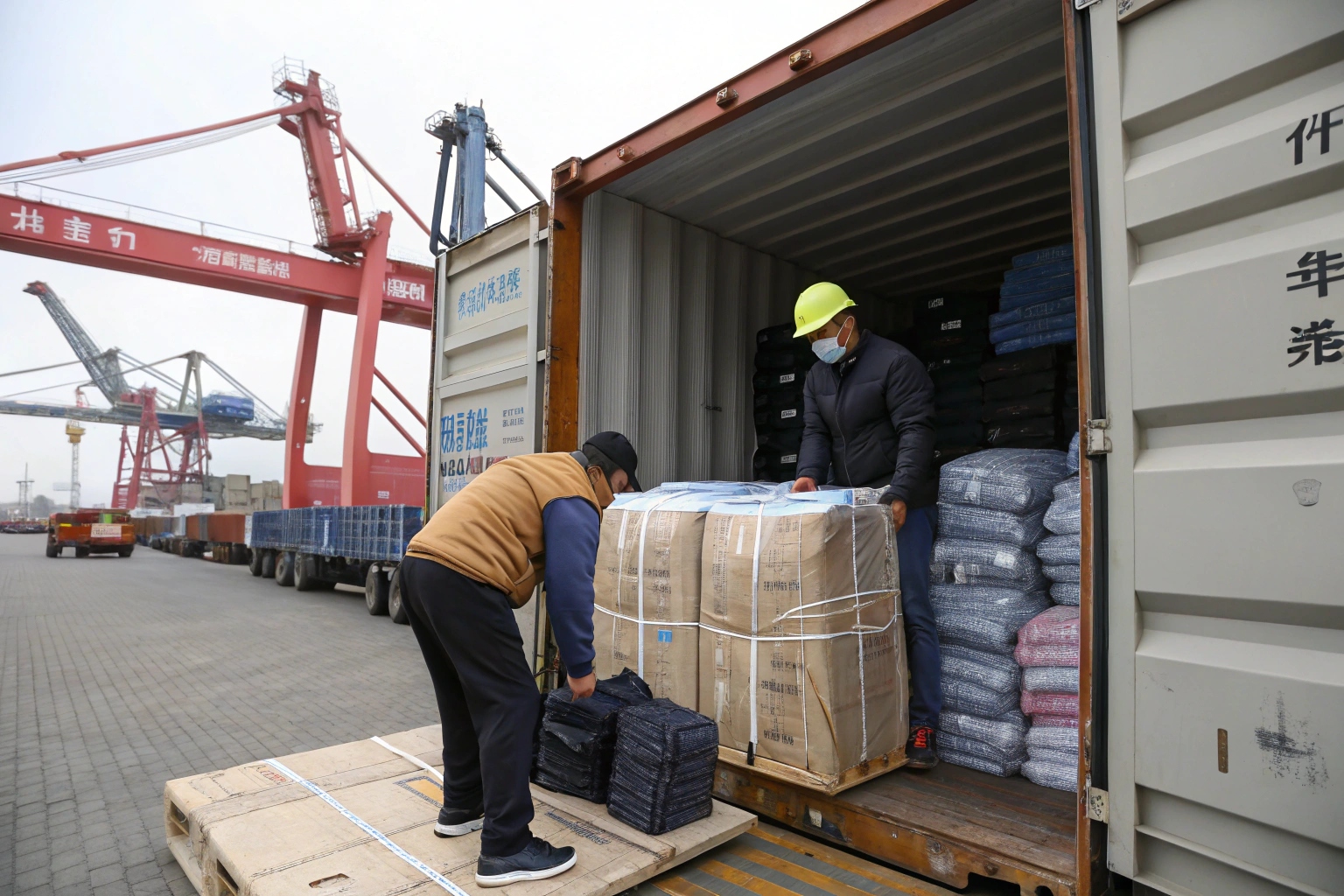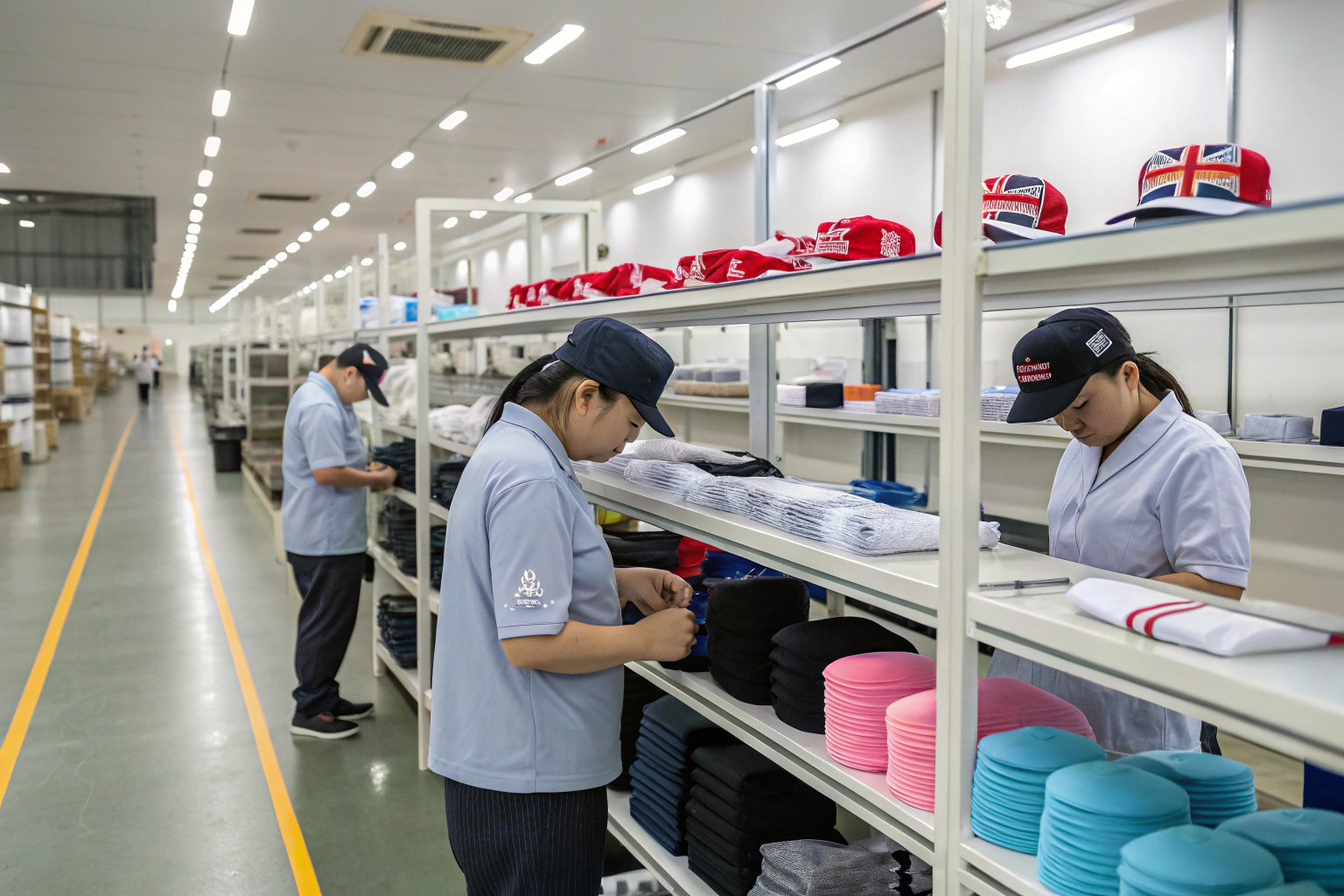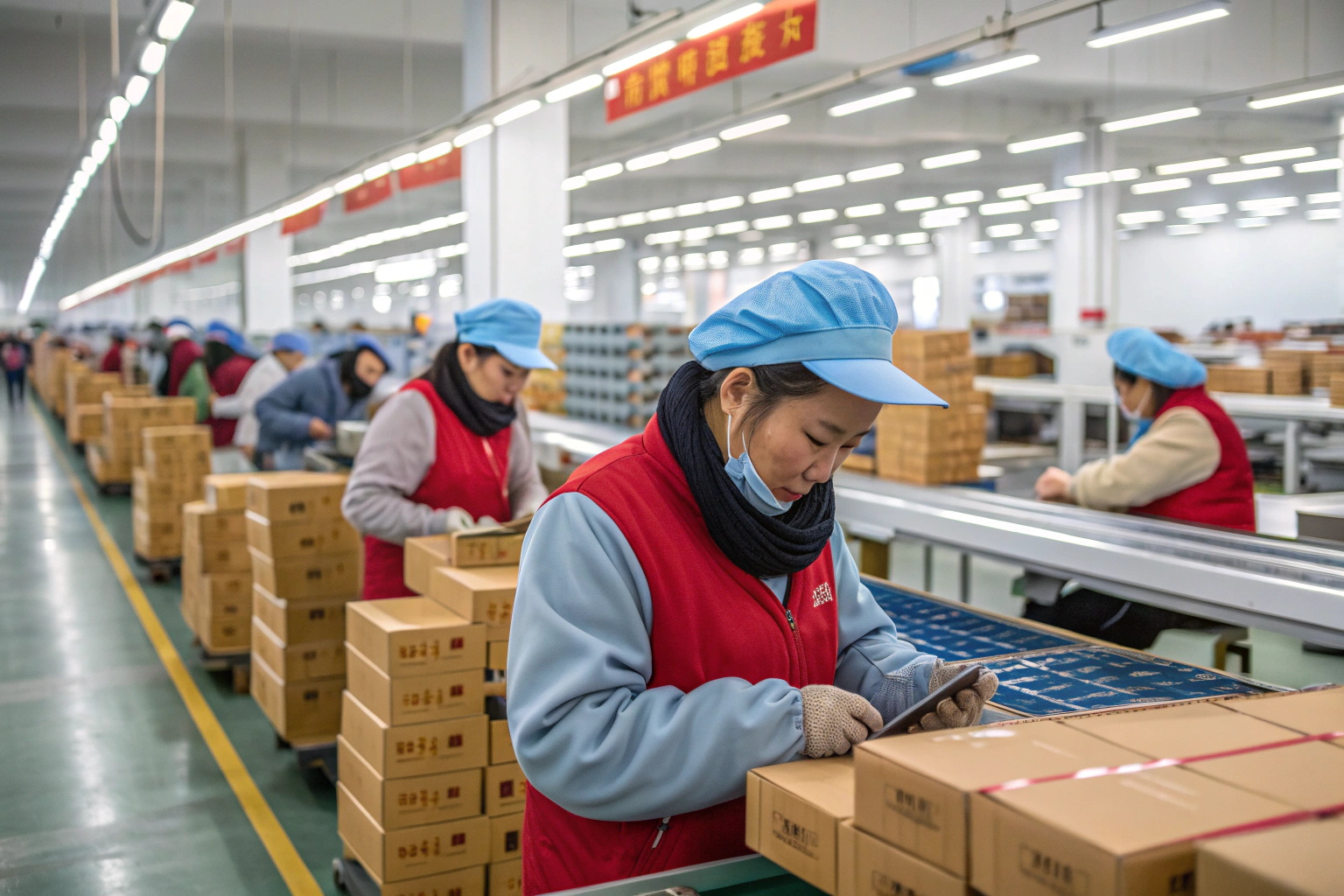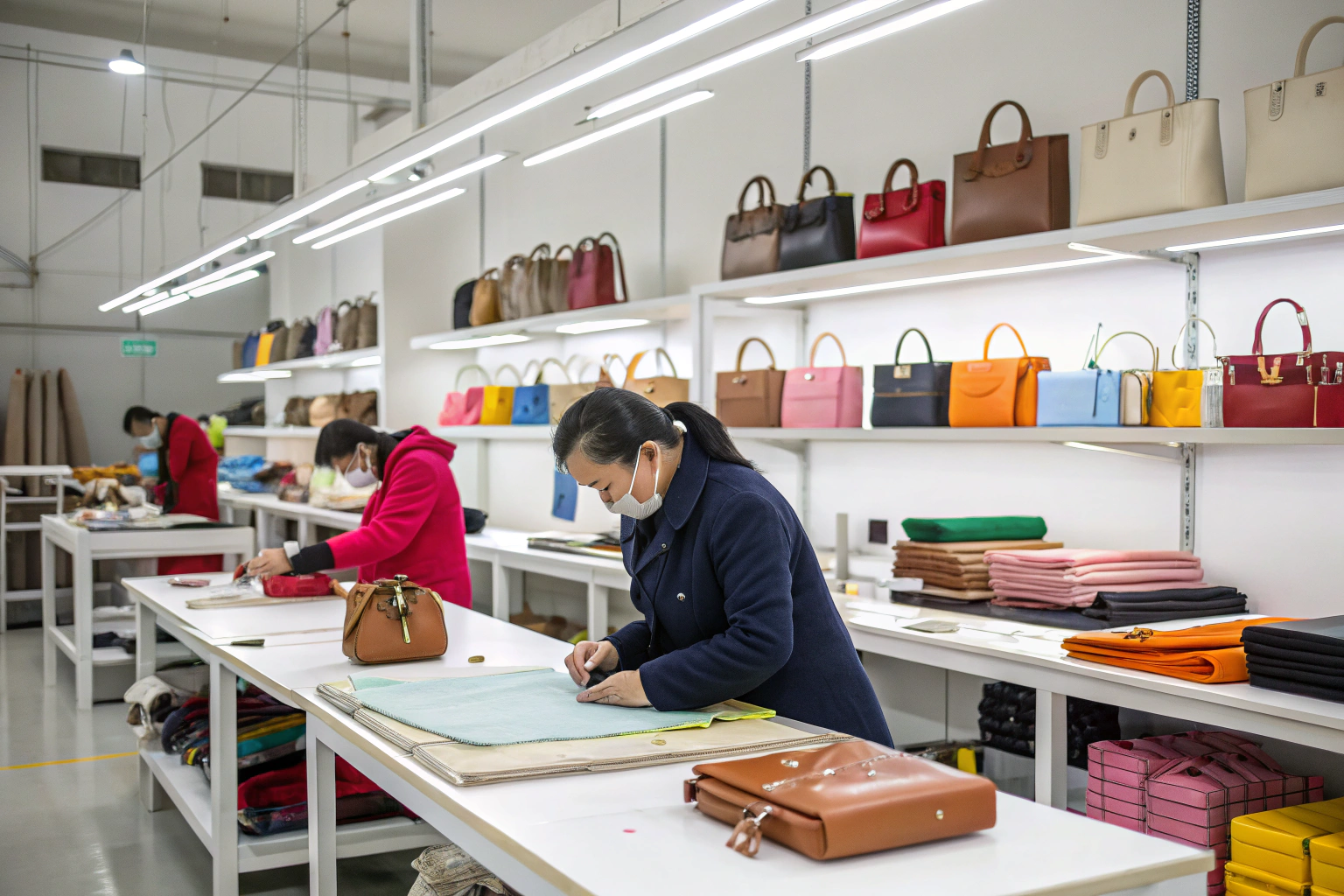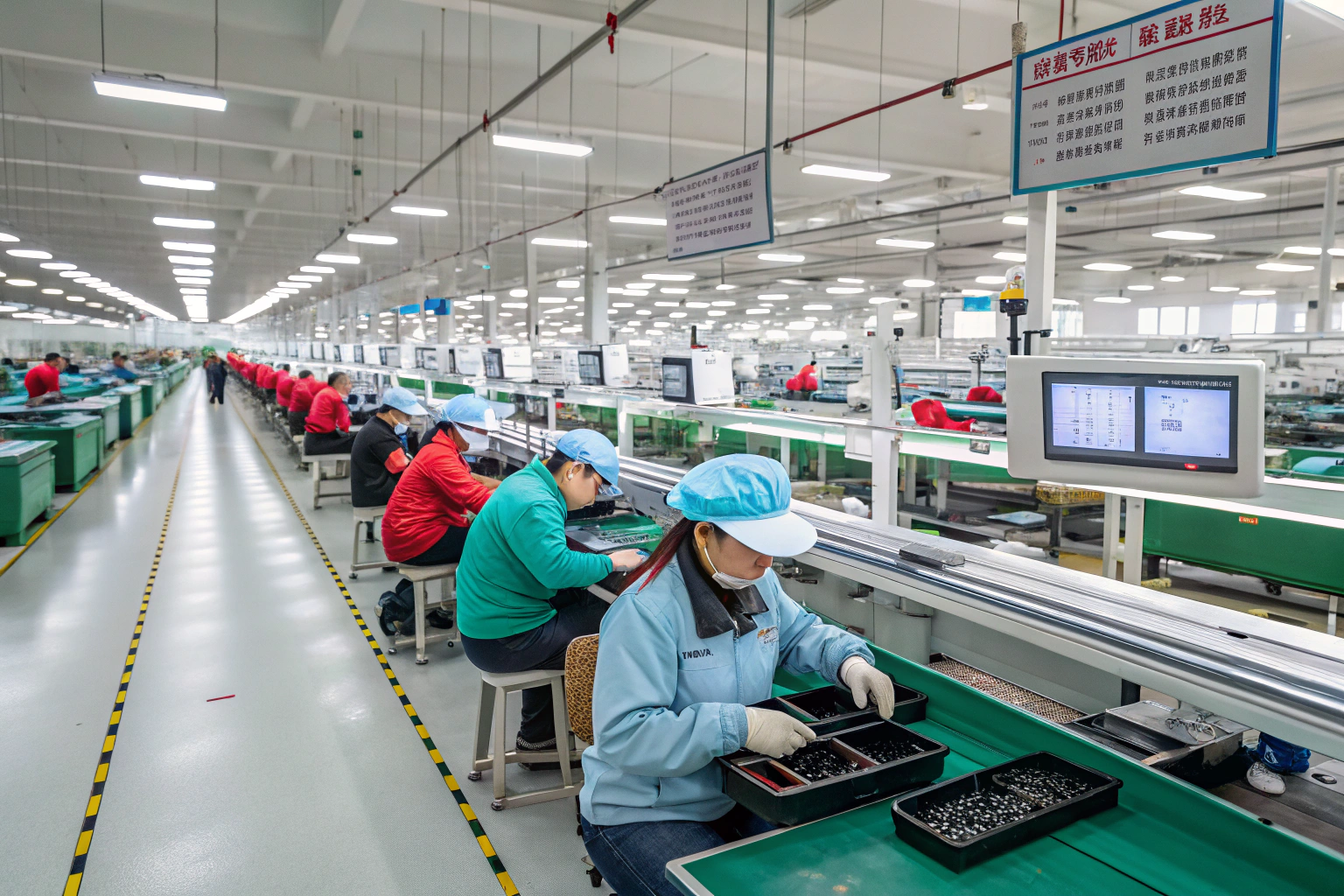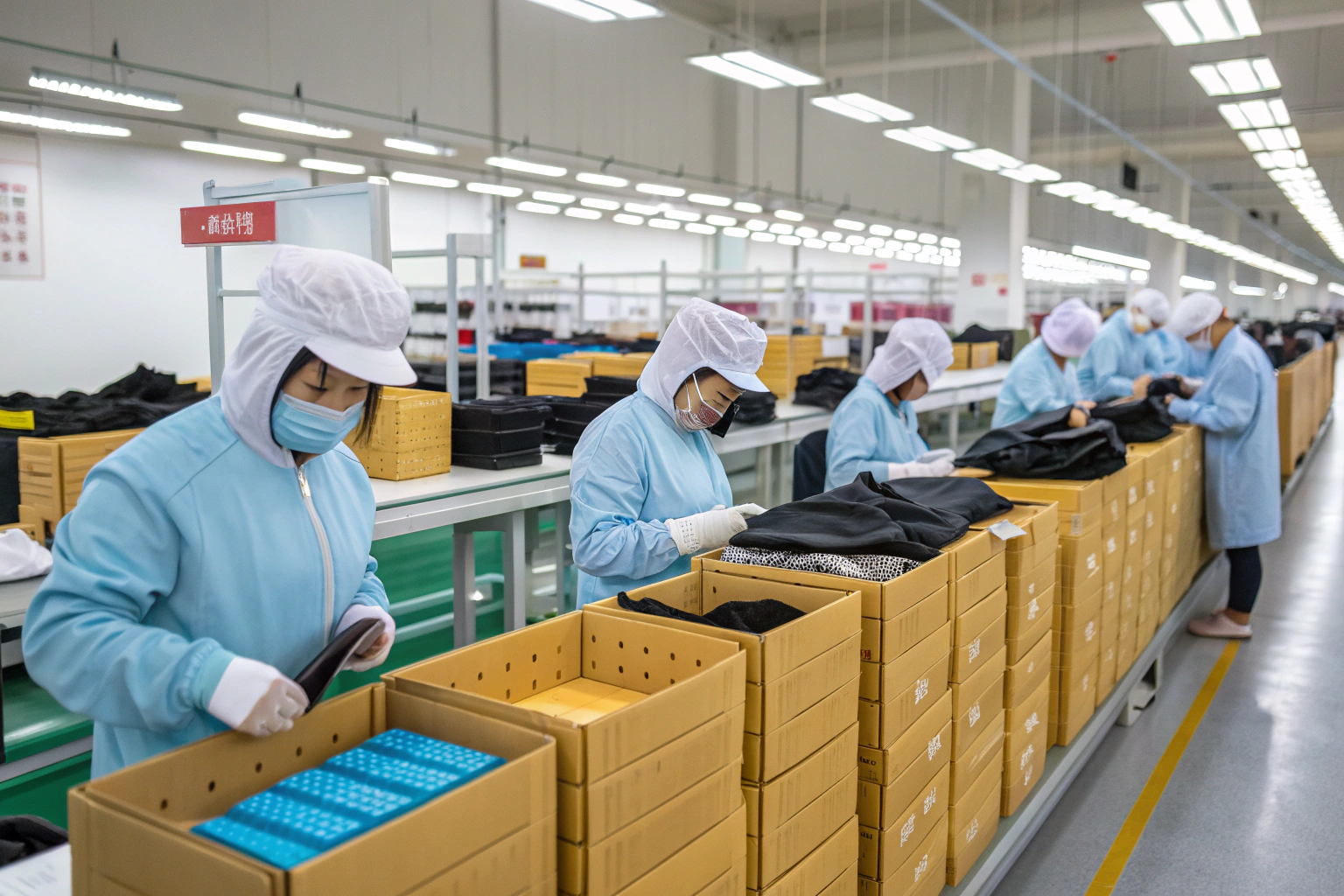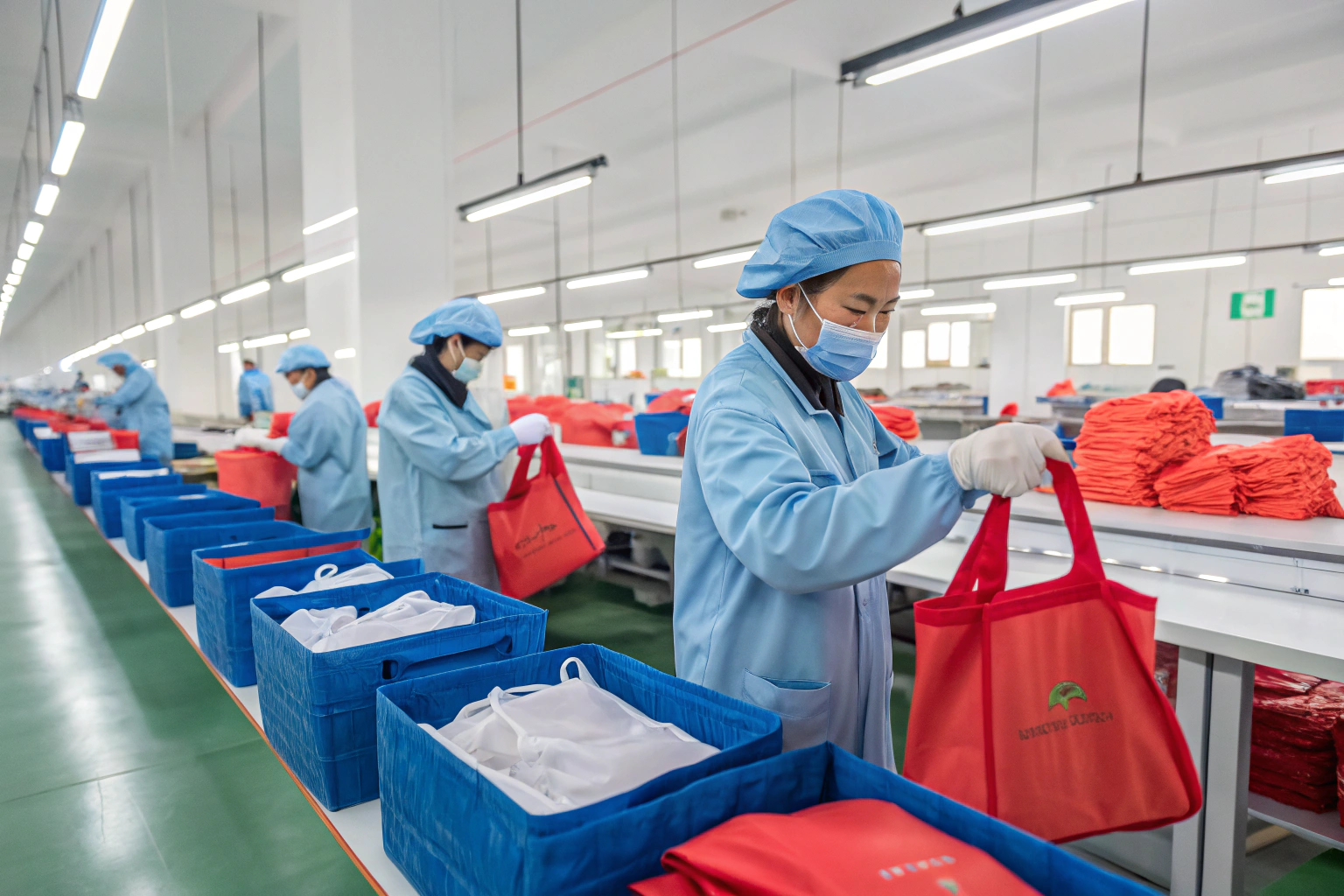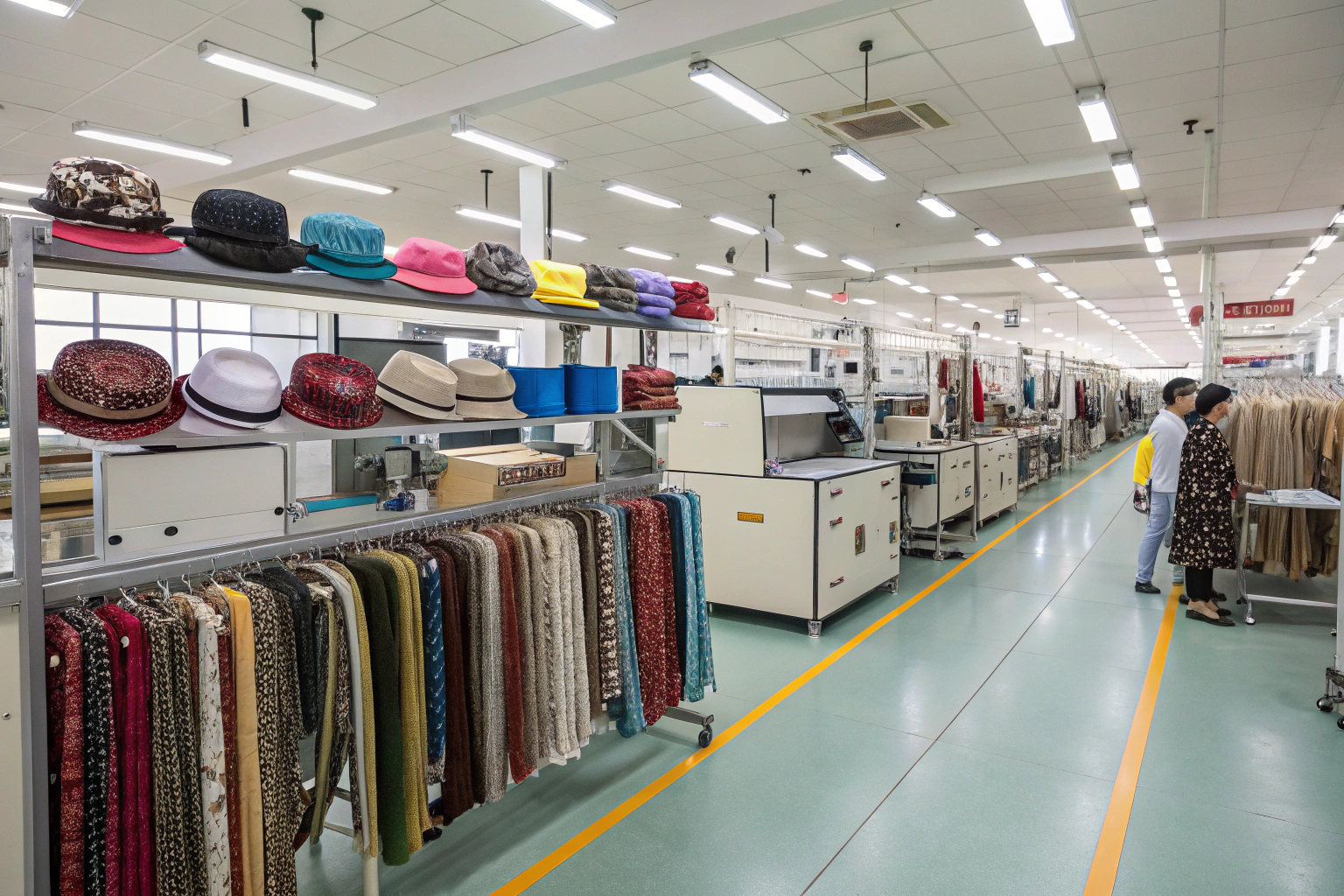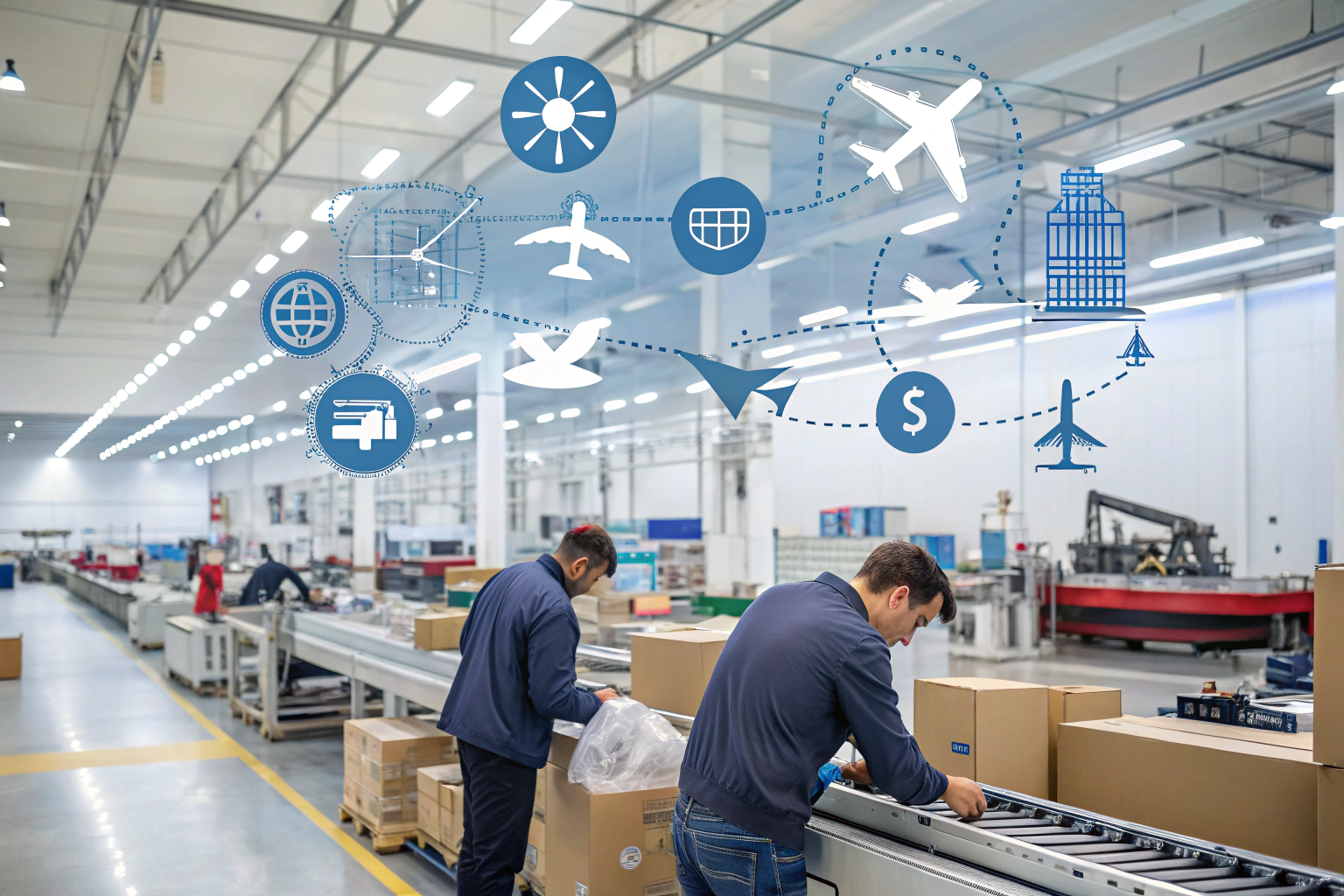For many U.S. buyers sourcing from China, shipping doesn’t stop at the port. Getting accessories like hairbands, scarves, and gloves from Long Beach to Dallas or from Savannah to Chicago is often the real logistics challenge. Inland transportation can eat up time and profit if not planned properly.
There are multiple options to ship accessories from China to inland U.S. locations via sea freight—including port-to-door, rail intermodal, transload, and container devanning services. Each option affects cost, speed, and reliability.
At AceAccessory, we don’t just make the product—we also guide our clients through these inland shipping choices. This helps them hit timelines and control total landed costs.
What Is Port-to-Door FCL and When Is It Best?
For buyers who ship in full containers, a port-to-door setup is often the most efficient.
Port-to-door FCL (Full Container Load) is ideal when you control a full container of goods and want it delivered directly from port to inland destination without delays.
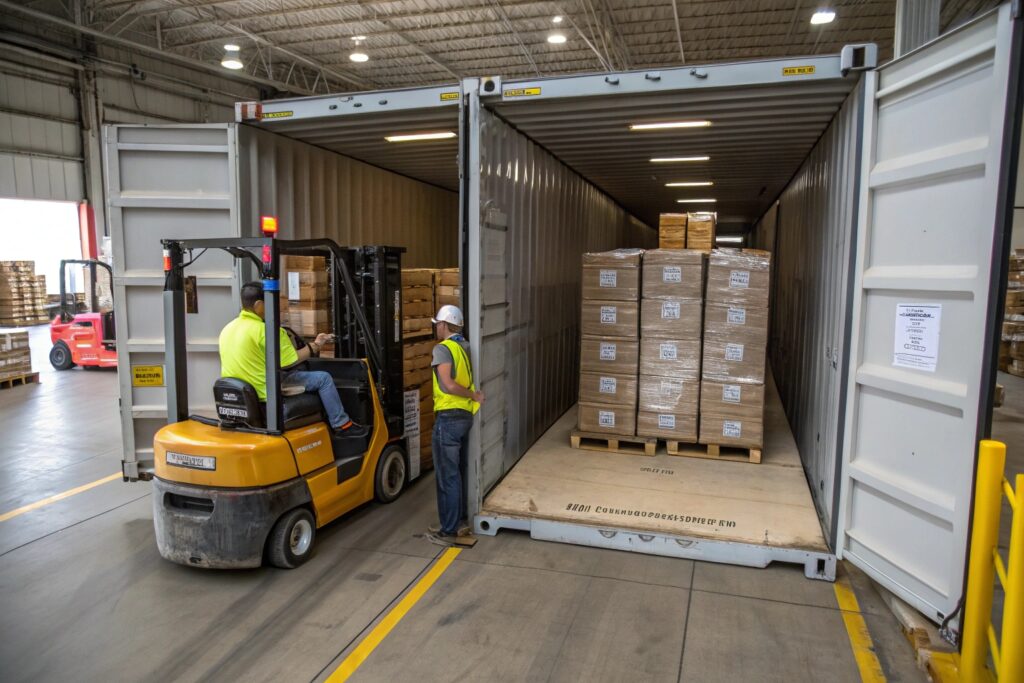
How Does Port-to-Door FCL Work?
Your accessories are loaded in China into a 20’ or 40’ HQ container. Upon arrival at a U.S. port like Long Beach, Houston, or Savannah, the entire sealed container is trucked directly to your inland destination (e.g., a 3PL center in Kansas City). This method minimizes handling.
Using services from Maersk or CMA CGM, we’ve delivered belts and hats directly to a Pennsylvania warehouse in 24 days total transit.
What Are the Benefits and Drawbacks?
Pros: Least handling, low damage risk, flat-rate pricing, fast delivery
Cons: Requires enough volume to fill a container, limited flexibility on split deliveries
If you’re importing at least 15–20 CBM of accessories, this is the best choice. For fast fashion brands, this ensures consolidated arrival for tight seasonal launches.
How Does Intermodal Rail Help Reach Inland U.S. Fast?
When your goods land on the U.S. coast but your customers are in the Midwest, rail becomes essential.
Intermodal shipping uses rail to move containers inland after sea freight, reducing trucking miles and saving cost—especially for mid-size accessory shipments.
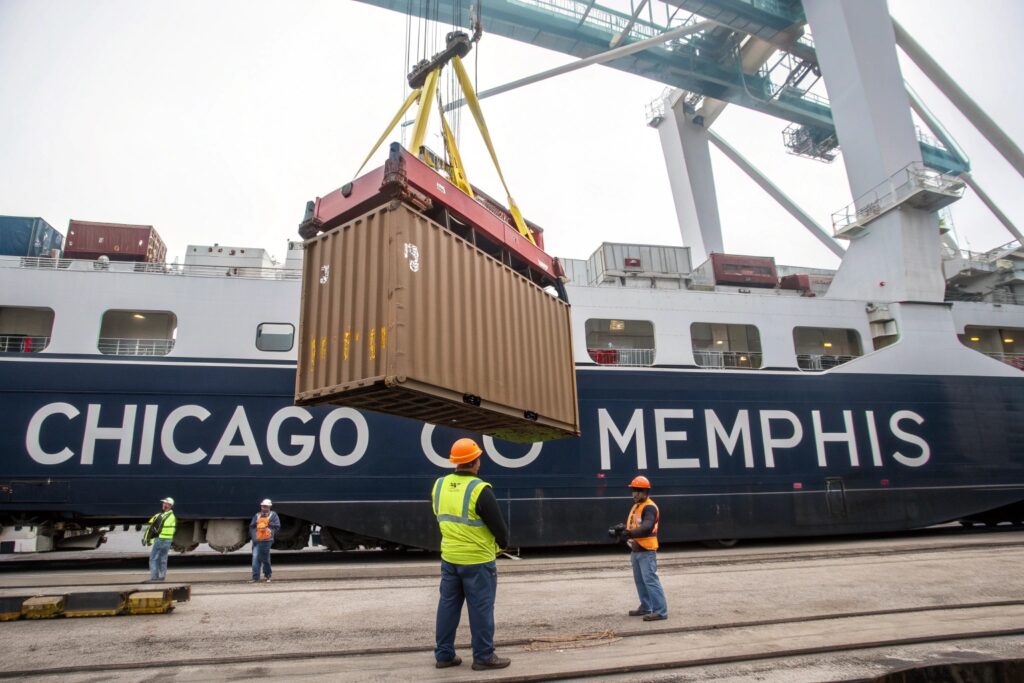
What’s the Process of Intermodal Shipping?
After your container lands at port (e.g., Los Angeles), it’s placed on a railcar bound for a major inland hub like Dallas, Kansas City, or Atlanta. You can then truck it locally to your warehouse or retail center. Rail operators like BNSF or CSX move these inland quickly.
We often work with clients shipping to Ohio or Missouri using Long Beach–Chicago or Savannah–Dallas intermodal lanes.
Why Choose Rail Over Direct Trucking?
Advantages:
- Lower cost for long-distance inland movement
- Predictable scheduling with fixed lanes
- Good for mid-volume container sharing
Drawbacks:
- Slightly longer transit (add 3–5 days)
- Requires rail booking and coordination
We recommend this method for accessory orders between 10–18 CBM when timelines allow.
What Are Transload Services and Who Needs Them?
Not every shipment needs to stay in a container. Sometimes it needs to move faster or be split.
Transloading transfers goods from ocean containers to trucks or rail after unloading at port, enabling faster, flexible delivery inland—even in split destinations.
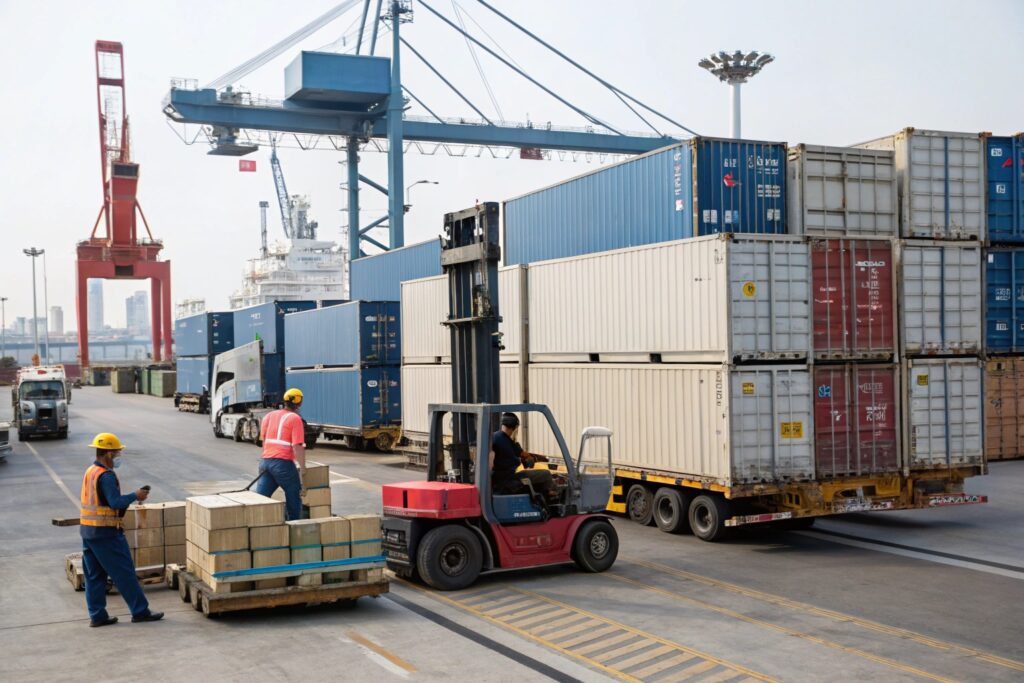
How Does Transloading Work?
After your container arrives at a U.S. port, workers unload cartons at a nearby warehouse, sort by SKU or delivery region, then reload onto domestic trucks. This is common for fast-moving accessory orders bound for multiple 3PLs or retailers.
We’ve used Ryder and Kenco Group transload centers to split scarf shipments bound for Target DCs in three different states.
What Are the Use Cases and Risks?
Use when:
- You have LCL or mixed-container goods
- Shipments need to be split across states
- Speed matters more than cost
Risks include:
- Higher labor costs
- More handling = risk of carton damage
- Requires EDI/inventory sync for accuracy
Still, if you’re doing weekly drops for e-com, transload enables agile response across the U.S.
How Do LCL and Devanning Work for Smaller Shipments?
Not ready to fill a whole container? No problem—LCL is your flexible entry point.
LCL (Less-than-Container Load) shipping allows small accessory shipments to share space in a container. On arrival, goods are deconsolidated at a CFS (Container Freight Station) before final inland delivery.
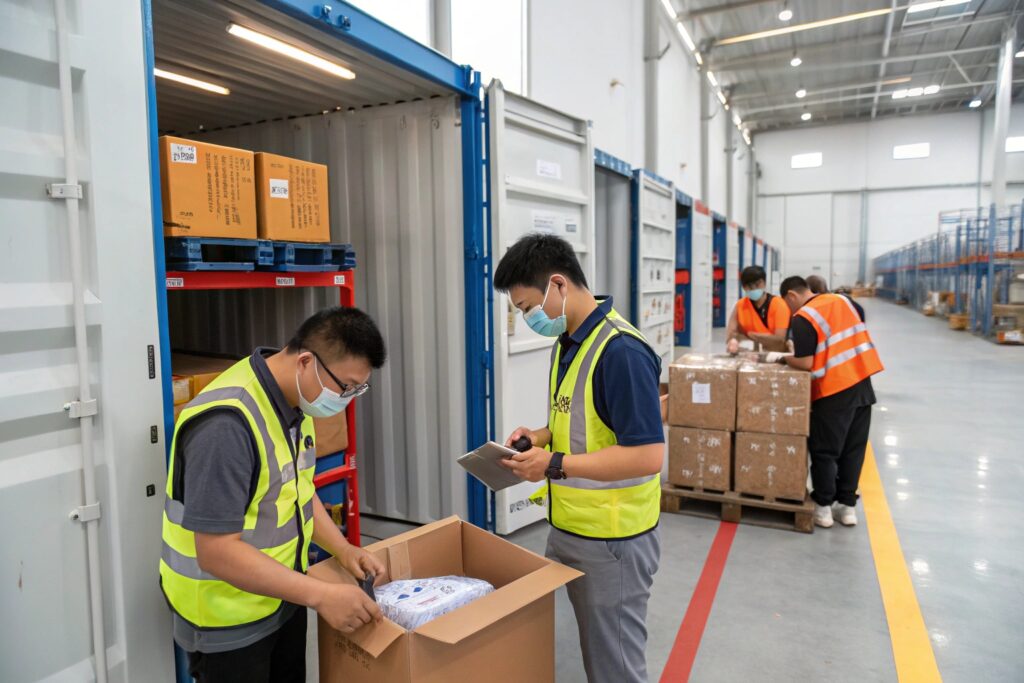
What’s the Devanning Process in LCL?
Your belts, caps, or gloves are packed at origin into pallets or cartons and consolidated with other exporters’ goods. After arrival in New York or LA, the container is opened at a CFS facility like Shipco or ECU Worldwide, where your boxes are sorted and delivered.
We use LCL for clients testing new products or importing under 5 CBM.
What Are LCL’s Key Advantages?
- Lower cost entry for new buyers
- No need to hit full container MOQ
- Flexible for seasonal restocks
Downsides:
- More handling = more delay
- CFS warehouse processing can add 2–4 days
- Customs clearance per shipment, not per container
Still, for startups or test orders, LCL makes sea freight affordable and manageable.
Conclusion
Sourcing accessories from China to inland USA doesn’t end at port. Whether you ship full containers to your warehouse or split cartons across multiple retailers, sea freight options like FCL, intermodal, transload, and LCL each serve different needs. At AceAccessory, we help our clients choose the right mix of speed, cost, and control—ensuring their accessories arrive not just safely, but exactly where and when they need to. Let’s ship smarter, deeper into the U.S. heartland—together.

